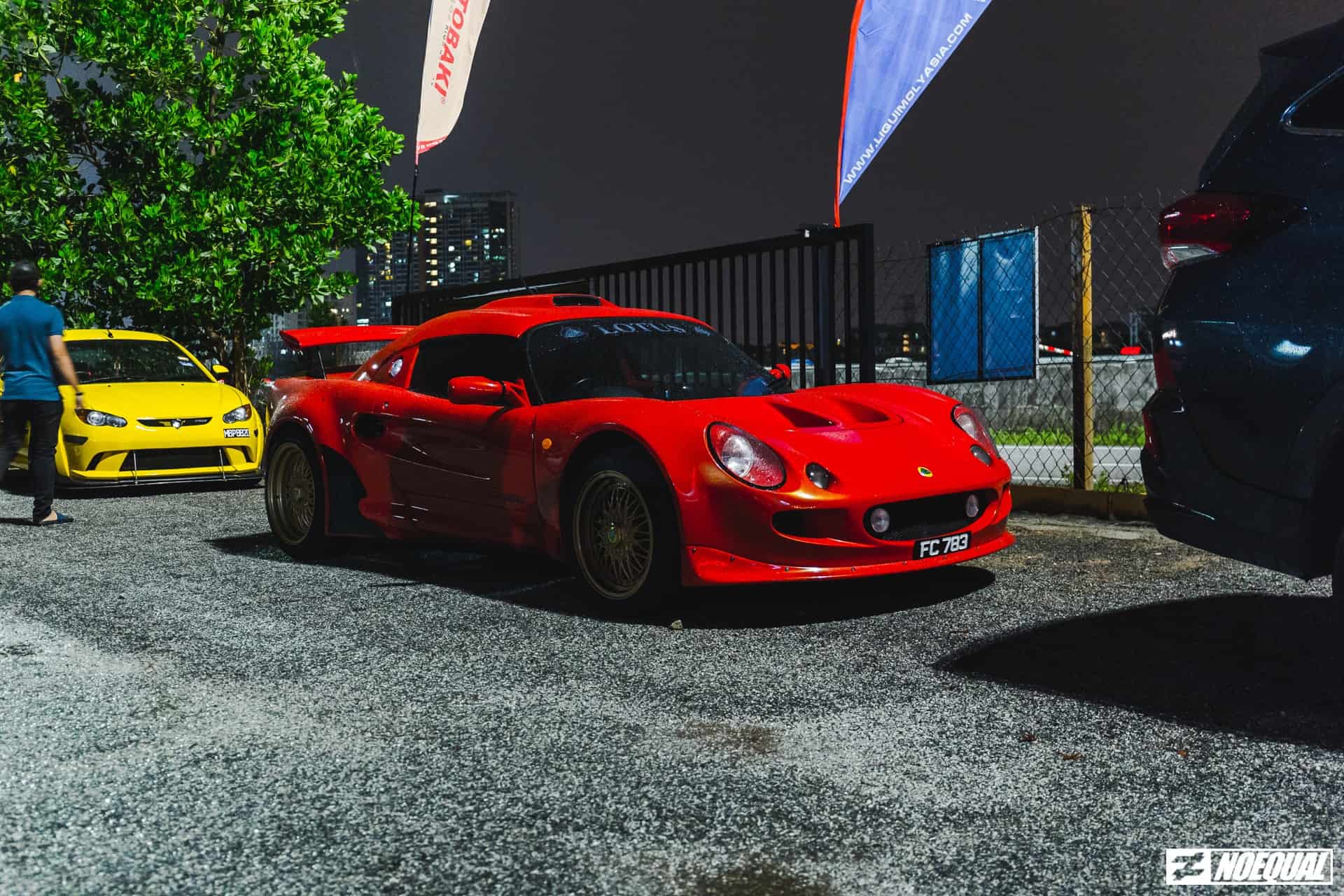
The HKS brand is one of those companies that any enthusiast is familiar with. Being a pioneer of the turbocharging movement back in the 70s, HKS is no stranger to pushing boundaries for performance. However for this year's Tokyo Auto Salon, HKS has taken the well loved 30-year old RB26DETT from Nissan and gave it updates that might make the RB26 a future-proof engine.
This was recently announced about a month after
Nismo's Heritage Programme for the Nissan Skyline GT-R (R32, R33 & R34). That being said, Nismo will only restore your car. HKS on the other hand, as part of their Advanced Heritage concept for older vehicles, will be producing parts using modern day state-of-the-art technology to achieve a high performance figure while essentially being a fuel-efficient vehicle.
Generally the words "performance" and "fuel-efficient" don't work hand-in-hand together. But HKS has figured out a way to produce 600hp from the RB26DETT while only using about 5l/100km. To put that into perspective, that's more fuel-saving than a brand new Perodua Myvi. However, this isn't just an OBD-II dongle or those gimmicky snake oil devices you put in your cigarette lighter.

What have HKS made differently to the RB26?
HKS starts off with a technology called pre-chamber. Used in Formula 1, pre-chamber improves output and fuel-efficiency due to rapid combustion in a smaller chamber at the spark plug tips. So, in easier terms, the plug will ignite a spark in the smaller chamber where the flame of that spark will then expand to the larger chamber where the air and fuel mix. Decreasing the time required to ignite the larger chamber.
Generally, turbocharges are mounted horizontally for the flow of oil through the lines. Though, this causes a bit of an intake and exhaust piping layout mess in the area. But HKS has decidedly taken the vertical route which takes care of the problem while reducing pressure loss along the way. This also helps to improve flow from the engine to the catalytic converter.

The flow continues with the dual plenum intake manifold. Normally, there's only a single plenum to collect the air. With the dual system, there is a pre-plenum and a main plenum for two parts of air to be collected. The dual plenums allow a faster air flow to the main plenum while reducing the intake air temperature (IAT). This increases the knock limit of the engine while allowing for increase in thermal efficiency. The main plenum flow is optimized to ensure that each cylinder receives an equal amount of airflow.
The final upgrade is a dual injection system. More power equals to more fuel. However, increasing the capacity of the injectors will be difficult to achieve optimum atomization of the fuel. HKS gave it a twin-injection system instead to maintain optimization while increasing response and reducing exhaust emissions. Pretty insane what thought goes into it while it all meets Japan's regulation of exhaust emission standards.

What does this mean?
Now, for starters, HKS products have never been the "buy now" options. They're rather on the wishlist part of items. Despite not mentioning a price for now, we doubt that all of this tech will be cheap. Though, it might pave way to save our favourite 90s JDM or even future-proofing them when everything else is electric. I'm fairly certain that 2JZs, rotaries and even K-series engines are in the pipeline.
Watch the full explanation by Nakajima-san from HKS Advance R&D Project team on their YouTube channel
here.
Written by | Danial Malek
Images by | NoEqual.co & HKS
 The HKS brand is one of those companies that any enthusiast is familiar with. Being a pioneer of the turbocharging movement back in the 70s, HKS is no stranger to pushing boundaries for performance. However for this year's Tokyo Auto Salon, HKS has taken the well loved 30-year old RB26DETT from Nissan and gave it updates that might make the RB26 a future-proof engine.
This was recently announced about a month after Nismo's Heritage Programme for the Nissan Skyline GT-R (R32, R33 & R34). That being said, Nismo will only restore your car. HKS on the other hand, as part of their Advanced Heritage concept for older vehicles, will be producing parts using modern day state-of-the-art technology to achieve a high performance figure while essentially being a fuel-efficient vehicle.
Generally the words "performance" and "fuel-efficient" don't work hand-in-hand together. But HKS has figured out a way to produce 600hp from the RB26DETT while only using about 5l/100km. To put that into perspective, that's more fuel-saving than a brand new Perodua Myvi. However, this isn't just an OBD-II dongle or those gimmicky snake oil devices you put in your cigarette lighter.
The HKS brand is one of those companies that any enthusiast is familiar with. Being a pioneer of the turbocharging movement back in the 70s, HKS is no stranger to pushing boundaries for performance. However for this year's Tokyo Auto Salon, HKS has taken the well loved 30-year old RB26DETT from Nissan and gave it updates that might make the RB26 a future-proof engine.
This was recently announced about a month after Nismo's Heritage Programme for the Nissan Skyline GT-R (R32, R33 & R34). That being said, Nismo will only restore your car. HKS on the other hand, as part of their Advanced Heritage concept for older vehicles, will be producing parts using modern day state-of-the-art technology to achieve a high performance figure while essentially being a fuel-efficient vehicle.
Generally the words "performance" and "fuel-efficient" don't work hand-in-hand together. But HKS has figured out a way to produce 600hp from the RB26DETT while only using about 5l/100km. To put that into perspective, that's more fuel-saving than a brand new Perodua Myvi. However, this isn't just an OBD-II dongle or those gimmicky snake oil devices you put in your cigarette lighter.

 The flow continues with the dual plenum intake manifold. Normally, there's only a single plenum to collect the air. With the dual system, there is a pre-plenum and a main plenum for two parts of air to be collected. The dual plenums allow a faster air flow to the main plenum while reducing the intake air temperature (IAT). This increases the knock limit of the engine while allowing for increase in thermal efficiency. The main plenum flow is optimized to ensure that each cylinder receives an equal amount of airflow.
The final upgrade is a dual injection system. More power equals to more fuel. However, increasing the capacity of the injectors will be difficult to achieve optimum atomization of the fuel. HKS gave it a twin-injection system instead to maintain optimization while increasing response and reducing exhaust emissions. Pretty insane what thought goes into it while it all meets Japan's regulation of exhaust emission standards.
The flow continues with the dual plenum intake manifold. Normally, there's only a single plenum to collect the air. With the dual system, there is a pre-plenum and a main plenum for two parts of air to be collected. The dual plenums allow a faster air flow to the main plenum while reducing the intake air temperature (IAT). This increases the knock limit of the engine while allowing for increase in thermal efficiency. The main plenum flow is optimized to ensure that each cylinder receives an equal amount of airflow.
The final upgrade is a dual injection system. More power equals to more fuel. However, increasing the capacity of the injectors will be difficult to achieve optimum atomization of the fuel. HKS gave it a twin-injection system instead to maintain optimization while increasing response and reducing exhaust emissions. Pretty insane what thought goes into it while it all meets Japan's regulation of exhaust emission standards.




